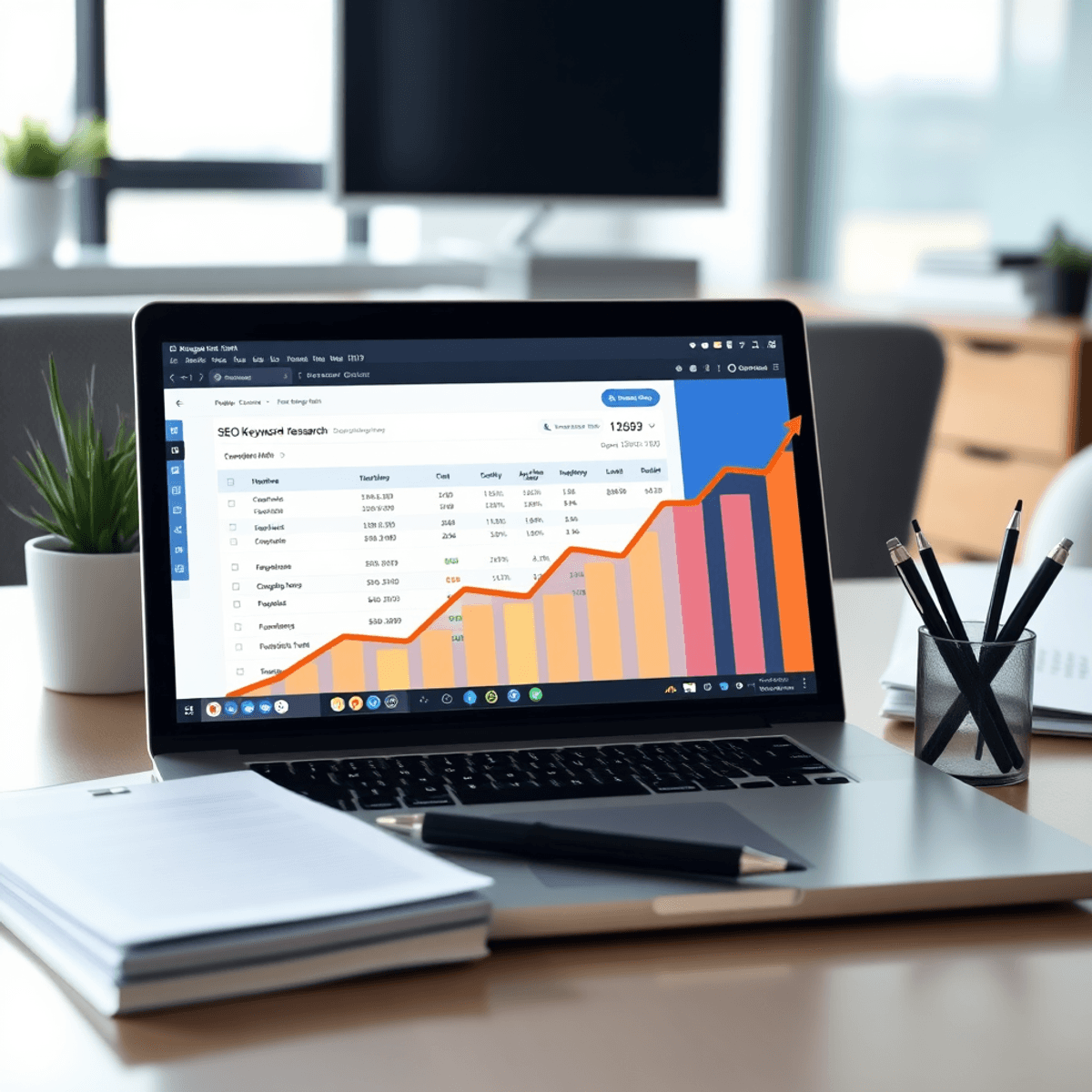Internal linking is one of the most underrated yet powerful SEO strategies you can control entirely.
So you’re running a blog with numerous external pages linking back to your site. These links, known as backlinks, are a vote of confidence, boosting the authority of the linked pages in the eyes of search engines like Google. If Google already trusts this other website, when that website links to yours, it’s a vote of confidence Google uses to give higher rankings.
But without proper internal linking, you’re missing an opportunity to distribute this authority across your entire site.
Why Internal Linking Matters for SEO
In the world of SEO, not all of your pages may share the same good luck. If a webpage gets many backlinks, it may be seen as highly authoritative by search engines.
But, if there’s a lack of internal links connecting this page to others on your site, then it is only the linked page that benefits from the elevated status, leaving other pages in the shadows.
Through internal links, you can let additional pages within your site benefit from backlinks, thus boosting their rankings for targeted keywords. Internal links aren’t just for SEO; they also enhance user experience by facilitating easy navigation and pertinent content discovery.
Understanding Internal and External Links
Simply put, an internal link connects one page of your website to another page on your website — all within the same domain. These links are essential for three main reasons:
- Distributing page authority and link equity across your site.
- Guiding site visitors to related content, enhancing their user experience.
- Helping search engines find and crawl through your website efficiently.
In contrast, an external link directs a user to a page on a different domain — away from your website. Both types of links are critical, but here, we’re focusing on internal links.
Best Practices for Internal Linking
Here are some of the best practices for internal linking that will help you dramatically increase your site’s search traffic.
1. Implement a Silo Structure
A silo structure organises your website’s content into main categories and subcategories. This helps to maintain a clean hierarchy. Each main category (or topic) is a Silo.
- Silo Structure: Segregate your content into specific categories and create links among content within the same category. Limit links from one category to another, thereby fortifying the structure.
Topic Clustering
Under each silo, create topic clusters that group content supporting the main topic.
For example, if the category is “Sunscreen,” you could have clusters such as “Sunscreen for Sensitive Skin”, or, “Water Resistant Sunscreen”, or “Sunscreen for Babies”. All these should internally link to reinforce the main topic.
2. Pillar Content
Identify and optimise your pillar content, which should be the centerpiece of each category’s cluster. There are SEO Tools you can use to clearly mark and optimise your pillar content pages, to ensure they receive all relevant internal links.
“Pillar content is that one stop shop about a topic that provides both broad and deep information.“
3. Anchor Text Optimisation
Anchor text is the clickable part of a link. It gives context to users and search engines about what to expect when the link is clicked and followed.
- Descriptive Text: Avoid vague terms like “click here” or “read more.” Use specific phrases that describe the linked content, like “create keyword clusters.” Internet Users are sophisticated enough these days to identify linked text within a sentence, as long as it follows standard linking behaviour, like underlining the text or changing the colour of the text.
- Consistency and Variation: Avoid using the same anchor text for different topics. The anchor text should clearly represent the content it leads to.
4. Regularly Update Your Content
Consistent content updates keep your pages fresh and relevant, but just updating your content isn’t enough. Make sure that as you update your content, you also update your internal linking within the content, to add authoritative pages or new pages within that topic, to your refreshed content.
5. Deal With Orphan Pages
Orphan pages — those pages without any internal links — can hinder effective crawling and user navigation. Premium SEO tools can easily identify and rectify orphan pages within your site.
Use your SEO rool to find Orphan Pages without internal links and then add links from relevant content to them.
6. Avoid Overlinking
You can overlink. Overlinking can drown out important links and confuse search engines.
Keep these points in mind:
- Don’t repeat the same link excessively within a single page.
- Distribute links naturally and only when contextually relevant.
Advanced Internal Linking Tactics
Once your site is robustly structured with these core best practices, you might want to explore advanced tactics such as creating content hubs. Different models such as hubs and spokes, gateways, or library methodologies can centralise your content and optimise internal linking further.
Monitoring Internal Linking
Regularly use tools like Google Search Console to monitor your internal and external links, ensuring link equity flows optimally throughout your site.
Key Takeaways
Internal linking, while often overlooked, is a really important component to boost your SEO efforts. If you use these best practices, especially combined with premium SEO tools, you can boost your site’s visibility, user engagement, and ultimately, search rankings.
Remember, a well-structured site with cohesive internal linking not only makes search engines like Google happy, but also enhances your overall user experience.
If you need help with your internal linking or with SEO generally, to boost the online ranking of your website, reach out to schedule a free 30 minute strategy call.






